Dubrovnik’s medieval walls and pristine Adriatic setting rightfully earn international acclaim, yet Croatia’s tourism boom has overshadowed equally spectacular destinations throughout this diverse Balkan nation. From alpine lakes that mirror the Austrian Alps to Roman ruins that rival Italy’s greatest archaeological sites, Croatia offers experiences that span centuries of European history across dramatically varied landscapes. Many of the country’s most rewarding destinations remain practically unknown to international visitors who concentrate solely on the Dalmatian coast.
Authentic Croatia emerges in places where Yugoslav-era infrastructure meets Mediterranean influences, where Slavic traditions blend with Italian architecture, and where pristine natural environments provide backdrops for encounters with local communities that have maintained distinct regional identities despite centuries of foreign rule. Here is a list of 17 experiences across Croatia that showcase the country’s remarkable diversity beyond Dubrovnik’s famous attractions.
Plitvice Lakes Winter Solitude
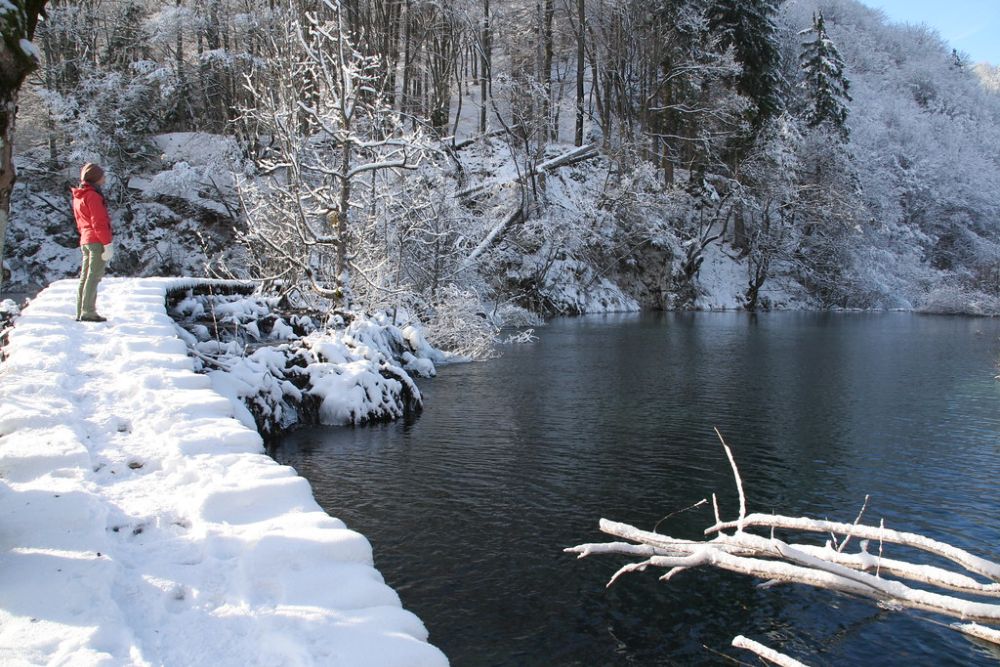
While summer crowds overwhelm Croatia’s most famous national park, winter visits reveal the lakes’ ethereal beauty when waterfalls freeze into ice sculptures and wooden walkways become pathways through a crystalline wonderland. The park’s 16 terraced lakes create different microclimates that produce varying ice formations, from delicate crystal formations to massive frozen waterfalls.
Local wildlife becomes more visible during winter months when deciduous trees lose their leaves and animals move closer to unfrozen water sources. The park’s winter operation allows access to fewer trails but provides intimate experiences with one of Europe’s most pristine natural environments.
Motovun Truffle Hunting
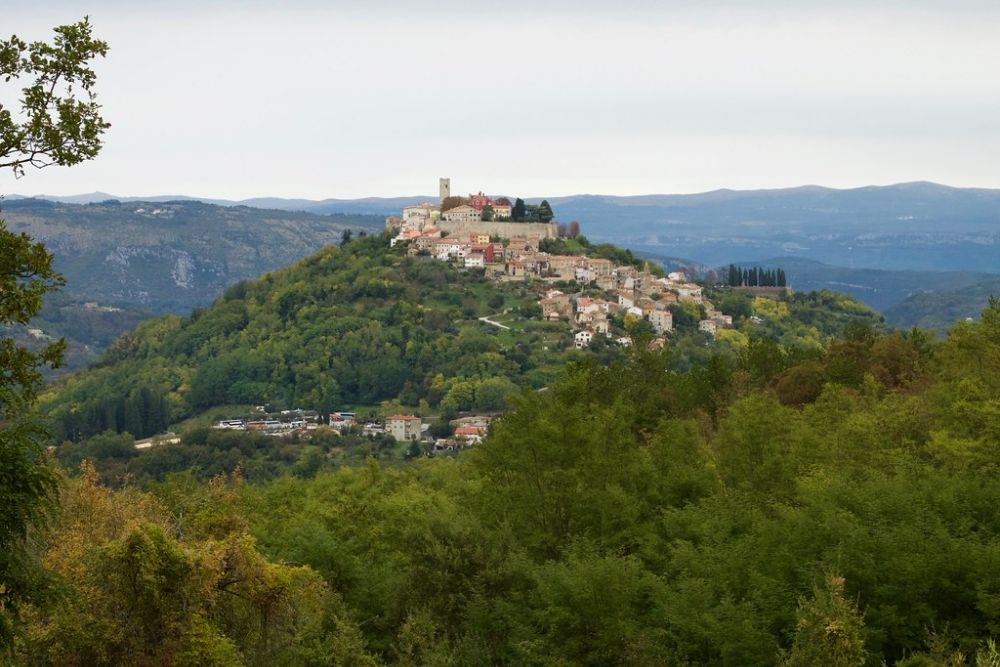
This hilltop Istrian town sits at the center of Croatia’s truffle region, where local families have developed truffle hunting techniques using specially trained dogs rather than the traditional pigs used elsewhere in Europe. The surrounding oak forests contain both white and black truffles that rival Italian varieties but sell for significantly lower prices due to Croatia’s emerging reputation in international truffle markets.
Local restaurants serve truffle-based dishes using traditional Istrian recipes that reflect the region’s Italian influences while maintaining distinct Croatian characteristics. Truffle hunting expeditions include forest walks with experienced hunters who share knowledge about truffle cultivation and forest ecology.
Like Travel Pug’s content? Follow us on MSN.
Kornati Islands Sailing Wilderness

This archipelago of 89 uninhabited islands creates a sailing paradise where visitors can experience complete solitude among dramatic limestone formations rising directly from deep blue Adriatic waters. The islands contain no permanent settlements or tourist infrastructure, requiring visitors to be completely self-sufficient while exploring hidden coves and pristine beaches.
Local sailing companies from nearby Zadar provide bareboat charters for experienced sailors or skippered boats for those lacking sailing experience. The absence of light pollution creates exceptional stargazing opportunities, while crystal-clear water provides excellent diving and snorkeling conditions.
Varaždin Baroque Architecture
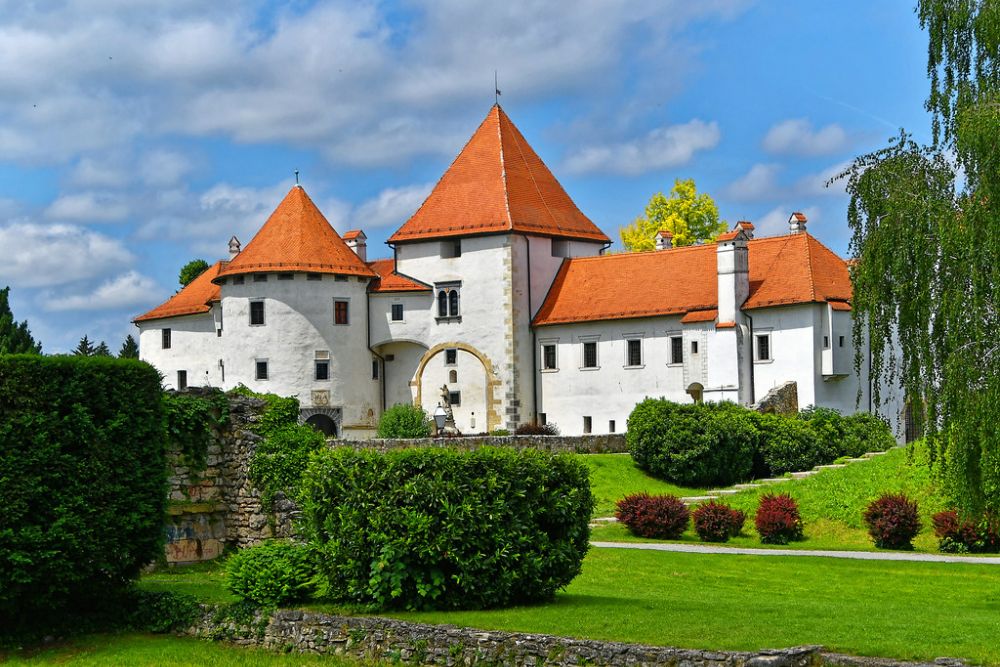
Often called Croatia’s most beautiful city, Varaždin contains one of Europe’s best-preserved baroque city centers yet attracts minimal international tourism due to its inland location away from the coast. The city served as Croatia’s capital during the 18th century when wealthy noble families built elaborate palaces and churches that created a harmonious architectural ensemble.
Local cultural events include concerts and festivals that utilize historic venues while maintaining the city’s refined atmosphere. The surrounding countryside contains castles and manor houses that reflect the region’s prosperity during the Habsburg period.
Krka Waterfalls Swimming Access
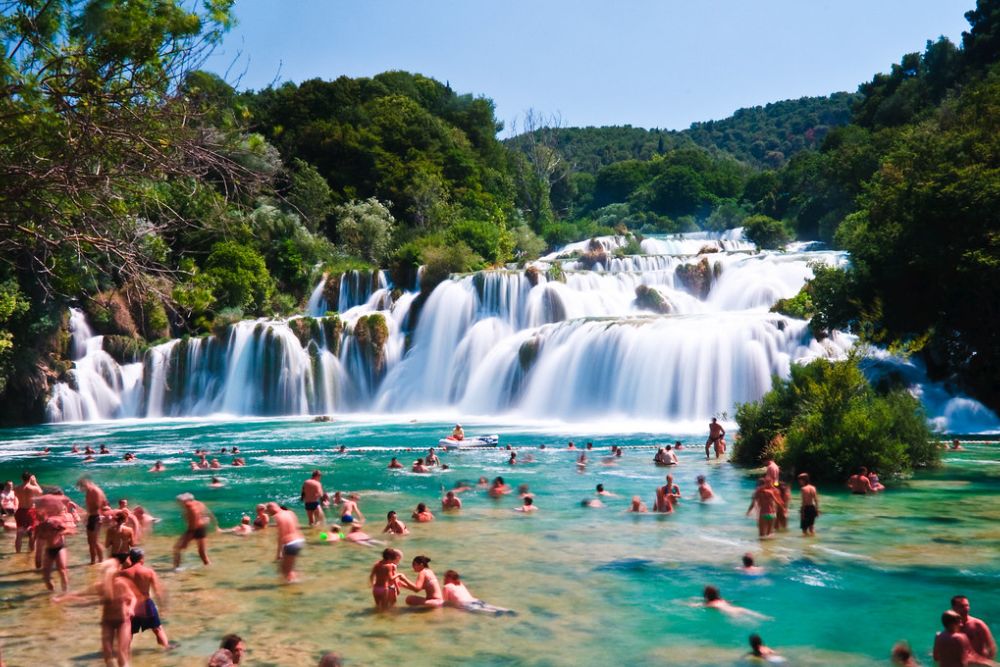
Unlike Plitvice Lakes, where swimming is prohibited, Krka National Park allows swimming in designated areas below spectacular waterfalls that create natural pools in pristine river environments. The park’s wooden walkway system provides access to multiple waterfall viewing points while protecting sensitive ecosystem areas from visitor impact.
Local boat services connect different sections of the park via the Krka River, creating opportunities to experience the landscape from the water level. Traditional watermills throughout the park demonstrate historical uses of water power while providing context for understanding the region’s relationship with river resources.
Like Travel Pug’s content? Follow us on MSN.
Rovinj Venetian Coastal Charm
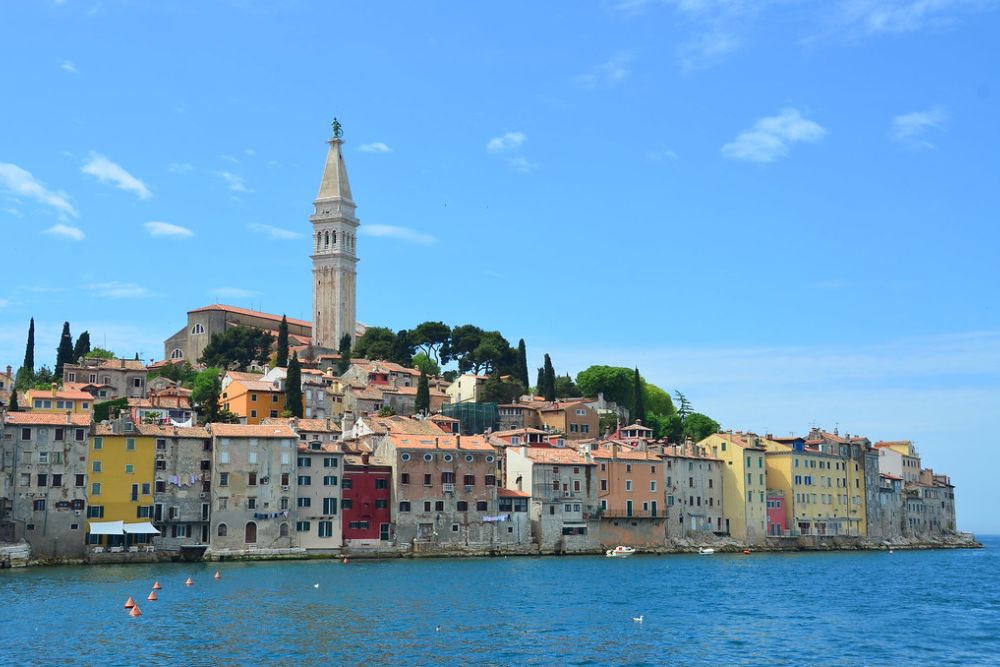
This Istrian coastal town preserves Venetian architectural influences more completely than many Italian cities, creating a distinctly Croatian interpretation of Mediterranean coastal culture. The town’s hillside location provides dramatic views across the Adriatic while maintaining a working fishing port atmosphere that supports local seafood restaurants.
Local artists and craftspeople maintain traditional techniques while creating contemporary works that reflect the town’s complex cultural heritage. The surrounding countryside contains vineyards and olive groves that produce regional specialties rarely available outside Istria.
Samobor Custard Cake Tradition
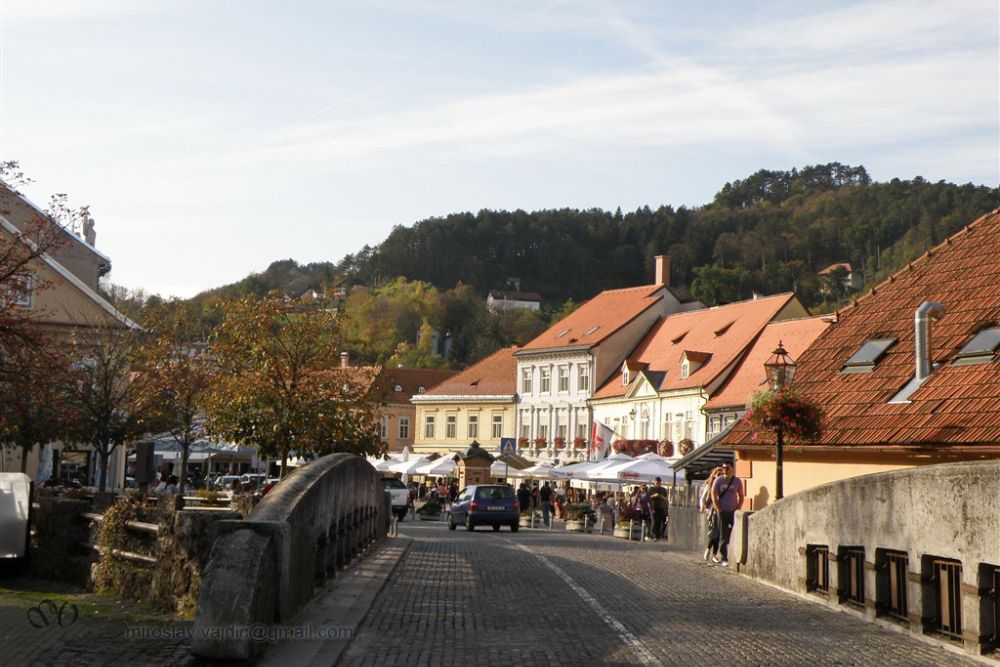
This charming town near Zagreb has produced the same traditional custard cake recipe for over 200 years, creating a culinary pilgrimage destination for Croatians seeking authentic regional specialties. Local bakeries continue using traditional preparation methods while serving the cakes in settings that have remained essentially unchanged since the 19th century.
The town’s Habsburg-era architecture provides the backdrop for food tourism that focuses on quality rather than quantity. Weekly markets feature regional products that reflect the area’s position between Alpine and Mediterranean climatic influences.
Paklenica National Park Rock Climbing

The dramatic limestone cliffs of Paklenica contain some of Europe’s most challenging rock climbing, with routes that attract international climbers seeking alternatives to more crowded Alpine destinations. The park’s location near the Adriatic coast creates unique climbing conditions where Mediterranean vegetation meets mountain environments.
Local climbing guides possess detailed knowledge of route conditions and safety considerations specific to Croatian limestone formations. The park’s hiking trails provide access to remote areas where traditional mountain culture persists in villages that maintain connections to seasonal grazing and forestry practices.
Like Travel Pug’s content? Follow us on MSN.
Trogir UNESCO Medieval Island
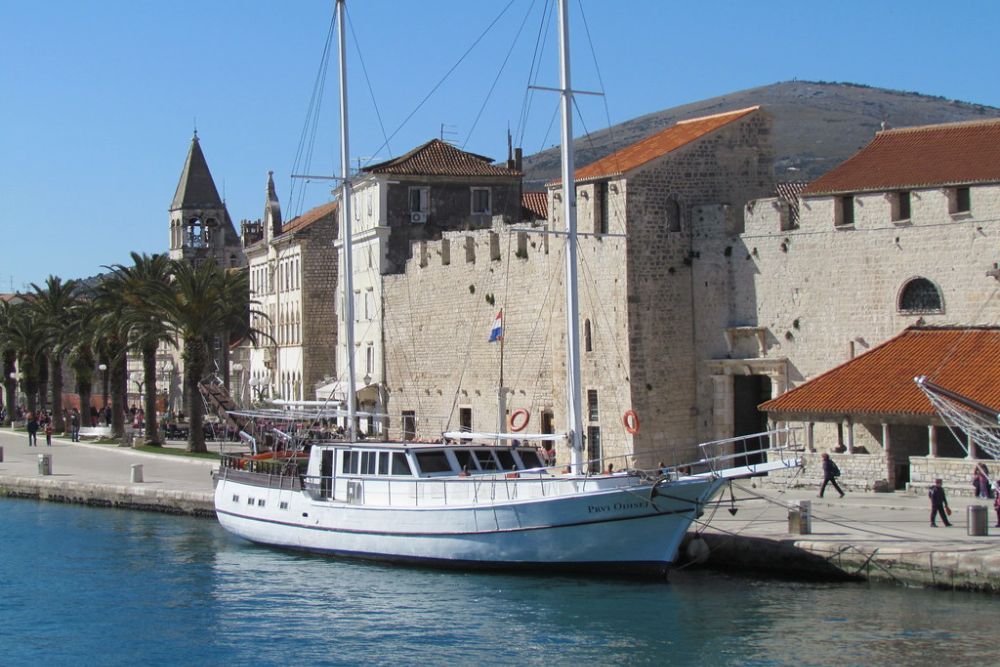
This medieval town occupies a small island connected to the mainland by bridges, creating a completely preserved medieval urban environment that demonstrates Croatian adaptation of Venetian architectural styles. The town’s compact size allows exploration on foot while discovering layers of Roman, medieval, and Renaissance architecture within an area smaller than most city neighborhoods.
Local stone carvers continue traditional techniques using limestone quarried from nearby islands, maintaining craft traditions that built the town’s monuments. The surrounding area contains archaeological sites and traditional villages that provide context for understanding medieval Croatian coastal culture.
Hvar Lavender Fields Interior
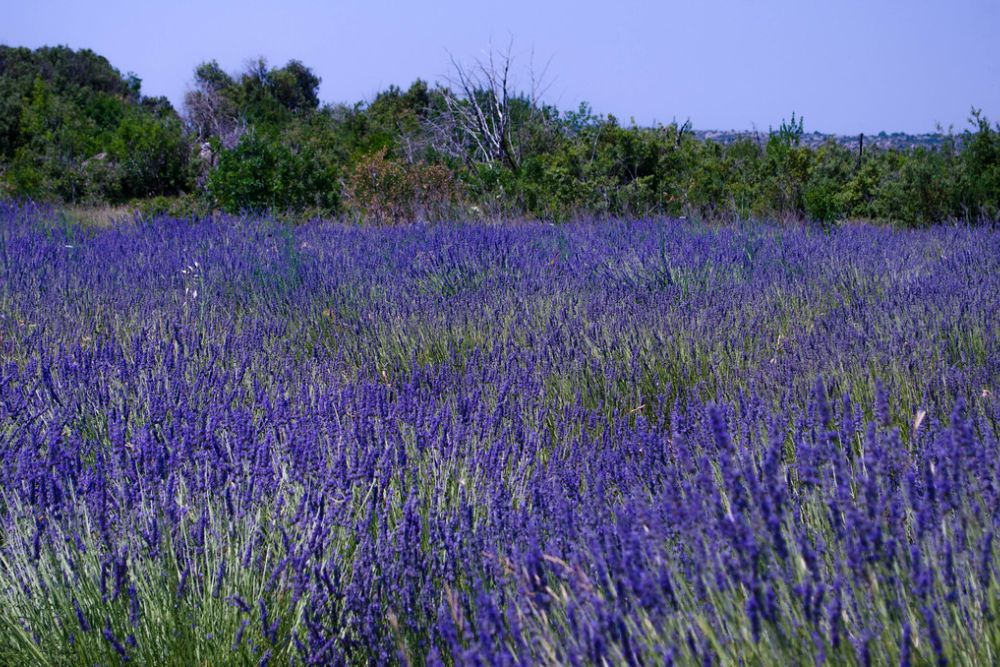
Beyond Hvar’s famous coastal resorts, the island’s interior contains extensive lavender fields that bloom spectacularly during summer months while supporting traditional agricultural practices. Local families continue harvesting lavender using traditional methods while adapting to modern markets for essential oils and cosmetic products.
The fields create purple landscapes that rival Provence while supporting sustainable agriculture in Mediterranean conditions. Traditional stone houses throughout the Lavender region demonstrate vernacular architecture adapted to island conditions and agricultural needs.
Rijeka Industrial Heritage Culture
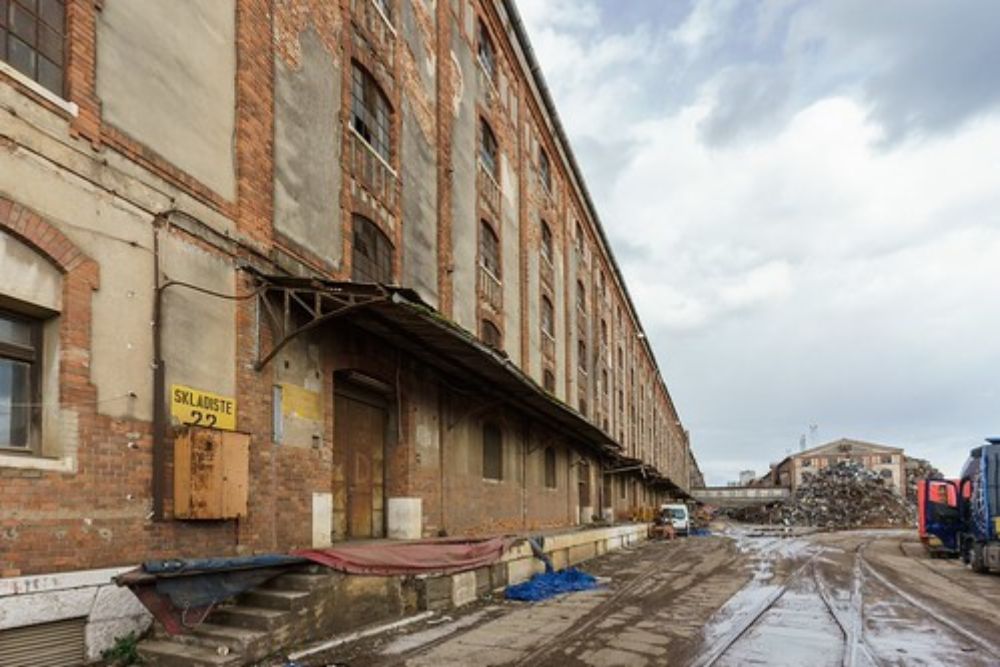
Croatia’s largest port city maintains a vibrant cultural scene based on the adaptive reuse of industrial buildings and Yugoslav-era architecture that creates unique venues for contemporary arts and music. Local artists and musicians have transformed former factories and warehouses into galleries, performance spaces, and cultural centers that reflect the city’s working-class character.
The city’s position as the European Capital of Culture has supported cultural development while maintaining authentic connections to maritime and industrial heritage. Traditional markets and neighborhoods provide glimpses of daily life in Croatia’s most ethnically diverse city.
Like Travel Pug’s content? Follow us on MSN.
Mljet Island National Park
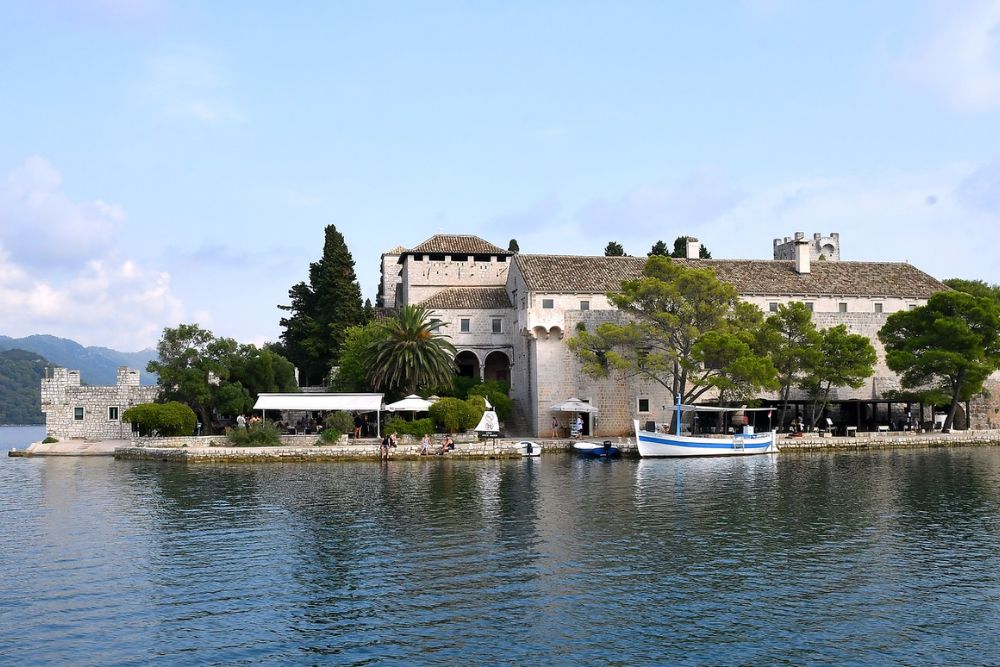
This largely forested island contains Croatia’s first national park, established to protect pristine Mediterranean forest ecosystems and two saltwater lakes connected to the Adriatic by narrow channels. The island’s limited development and transportation options create opportunities for hiking and cycling through landscapes that have remained essentially unchanged for centuries.
Local families continue traditional agriculture and fishing while adapting to sustainable tourism that supports conservation efforts. The island’s Benedictine monastery on St. Mary’s Island demonstrates centuries of monastic life adapted to Mediterranean island conditions.
Slavonia Wine Region Plains

Croatia’s eastern plains contain extensive vineyards that produce wines using traditional techniques combined with modern viticulture methods adapted to continental climate conditions. Local winemakers have revived traditional grape varieties while developing new wines that express the region’s unique terroir of river valleys and gently rolling hills.
The region’s position along the Danube River creates microclimates that support diverse agriculture, including grains, sunflowers, and fruit orchards alongside vineyards. Traditional festivals celebrate harvest seasons while providing opportunities to experience authentic Croatian rural culture.
Brac Island Stone Quarries
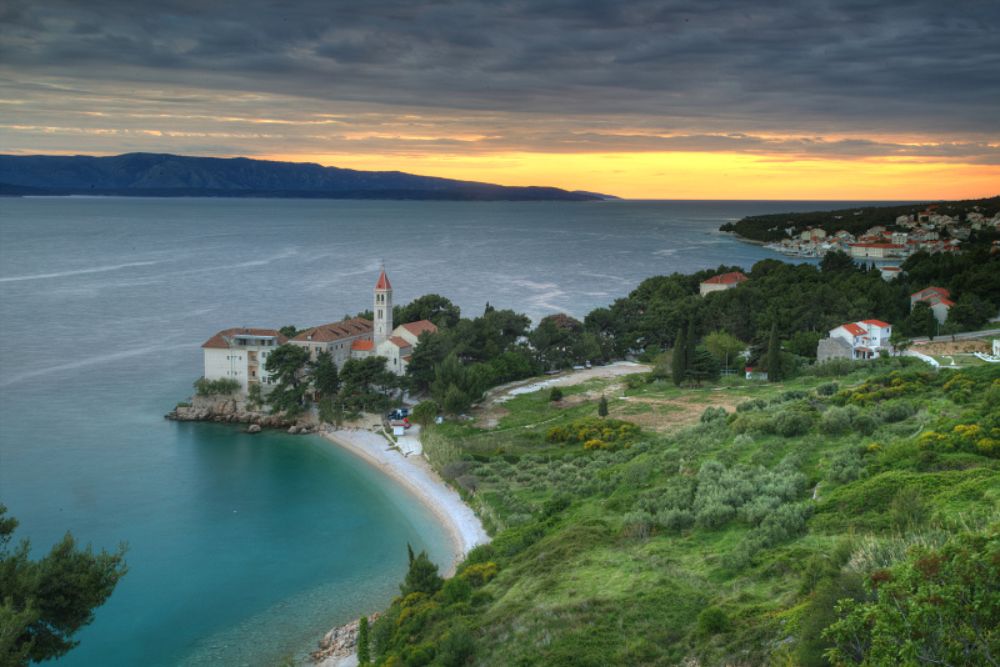
This Central Dalmatian island has supplied high-quality limestone for construction projects throughout Europe for over 2,000 years, including materials for Diocletian’s Palace and the White House in Washington. Local quarry workers continue traditional stone extraction methods while adapting to modern construction demands and environmental regulations.
The quarries create dramatic landscapes of white limestone terraces that contrast with the island’s Mediterranean vegetation. Traditional stone carving techniques remain active in workshops that produce architectural elements and artistic works using locally quarried materials.
Like Travel Pug’s content? Follow us on MSN.
Nin Historical Salt Production
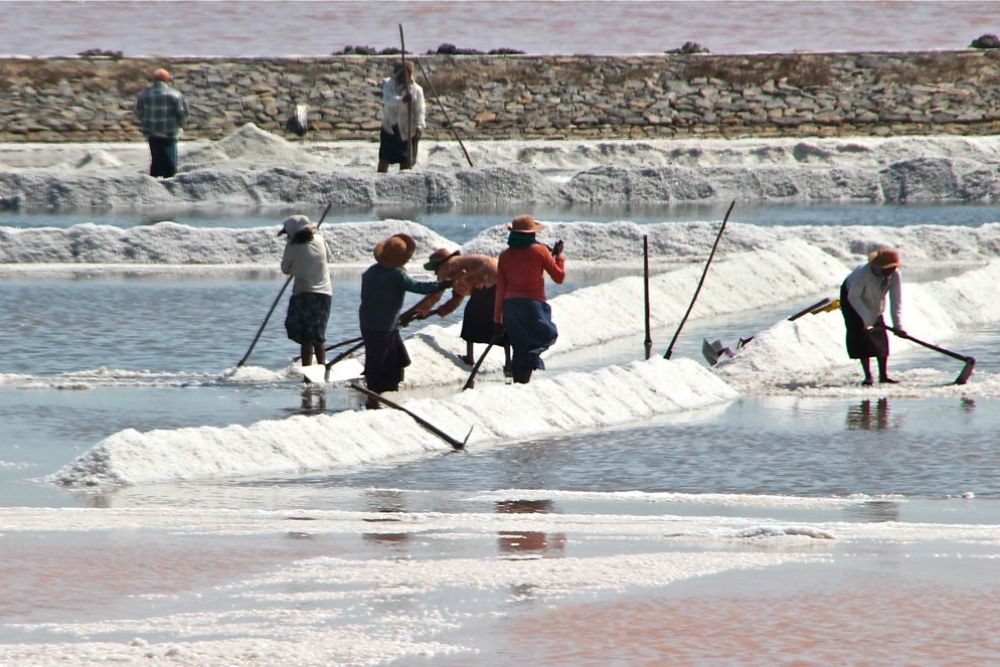
This ancient town continues producing sea salt using traditional methods that have remained essentially unchanged since Roman times, creating one of Europe’s last traditional salt works. The shallow lagoons around Nin create ideal conditions for solar salt production while supporting bird populations that migrate along the Adriatic flyway.
Local families maintain traditional salt harvesting techniques while adapting to modern market demands for organic and artisanal food products. The town’s compact size contains several important historical sites, including Croatia’s smallest cathedral and remains of Roman temples.
Učka Nature Park Istrian Peninsula
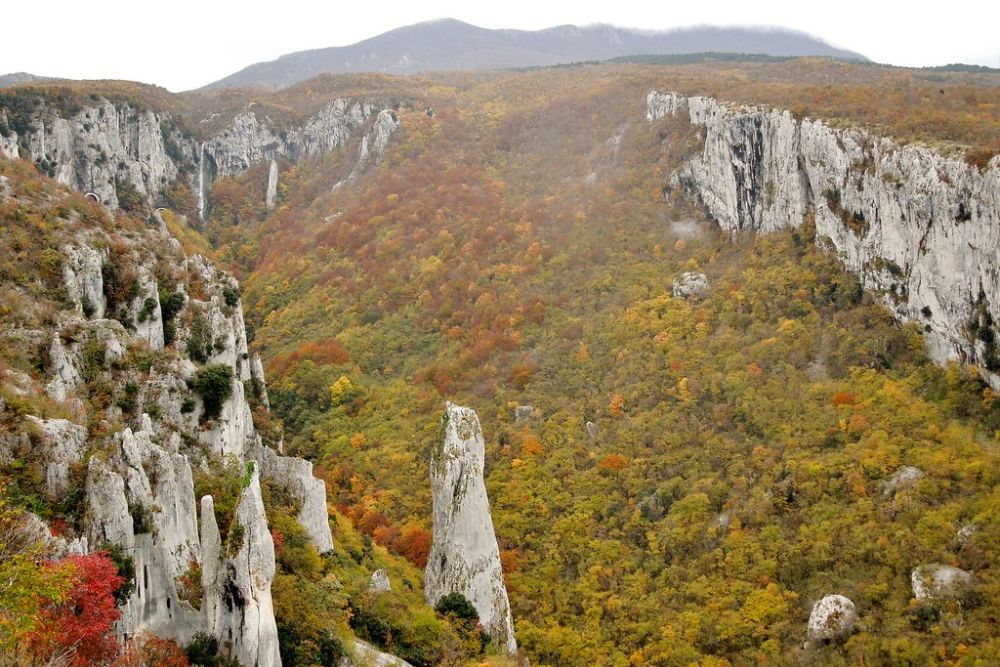
This mountain park provides dramatic views across the Kvarner Gulf while protecting diverse ecosystems that range from Mediterranean coastal vegetation to Alpine meadows at higher elevations. The park’s network of hiking trails connects traditional villages that maintain agricultural practices adapted to mountain conditions within sight of the Adriatic Sea.
Local communities continue traditional practices, including sheep farming, herb gathering, and small-scale agriculture, while supporting sustainable tourism development. The mountain’s position creates unique weather patterns that support plant and animal species typically found much further north in Europe.
Kopački Rit Wetlands Biodiversity
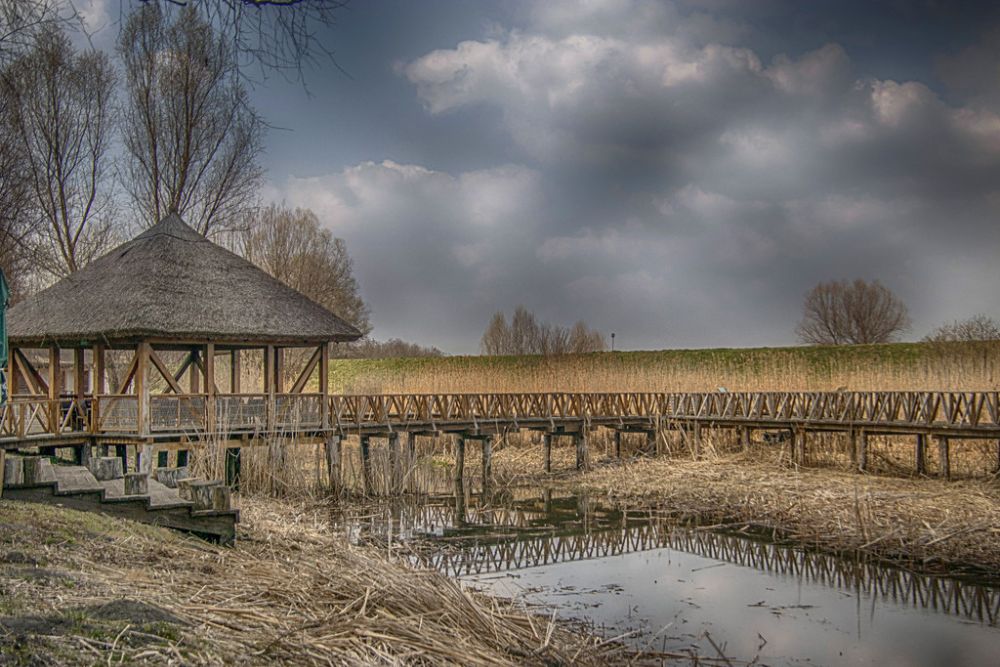
This vast wetland area in eastern Croatia contains one of Europe’s most important bird habitats, supporting over 300 species, including endangered species that depend on the Danube River flood cycles. The wetlands demonstrate successful ecosystem restoration following damage from 1990s conflicts, creating a model for wetland conservation throughout Central Europe.
Local guides provide boat tours through channels that reveal the complex relationship between human activity and natural processes in river delta environments. Traditional fishing and hunting practices continue under strict conservation guidelines that balance human needs with biodiversity protection.
Like Travel Pug’s content? Follow us on MSN.
Beyond Coastal Expectations
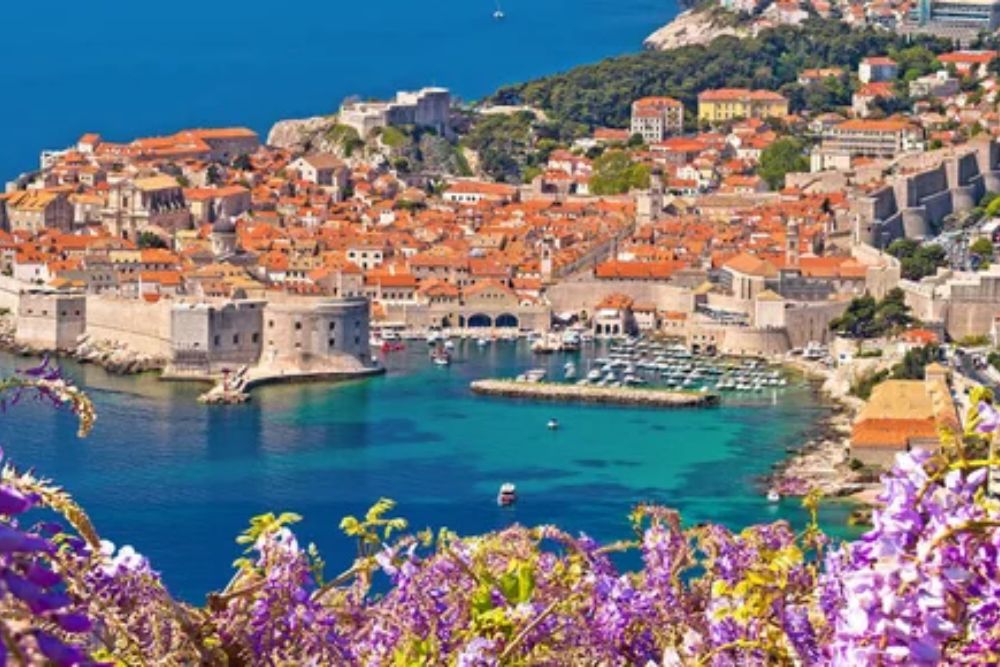
These experiences reveal Croatia’s complexity as a Central European nation with Mediterranean influences, Alpine landscapes, and Pannonian plains that create diverse regional cultures within a relatively compact territory. Each destination reflects specific historical influences while maintaining distinct Croatian characteristics that emerge from centuries of adaptation to varied geographical and political conditions.
The country’s recent independence has allowed regional identities to flourish while creating opportunities for sustainable tourism development that respects both cultural heritage and natural environments.
More from Travel Pug

- 20 Best Beach Towns in the Carolinas
- 13 Destinations Where Tourists Regularly Regret Their Trip
- 20 Things You Actually Get in First Class
- 20 Small Airports With Aviation Museums
- 20 Places in the U.S. That Are Perfect for a Reset Trip
Like Travel Pug’s content? Follow us on MSN.
